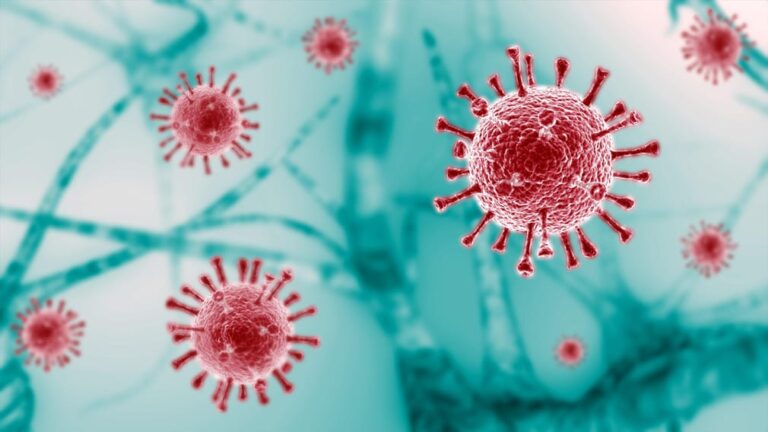Bridging the Evidence Gap for Children and Adolescents’ Health
In a groundbreaking article published in the prestigious Nature Medicine journal, experts from various parts of the world collaborated to address evidence gaps for non-communicable diseases (NCDs) in children and adolescents.
Notable experts, including Dr Zulfiqar Bhutta and Dr Jai Das from the Institute for Global Health and Development at Aga Khan University (IGHD-AKU) in Pakistan, partnered with Dr Rehana Salam from the University of Sydney in Australia, Laura Lewis-Watts from the Hospital for Sick Children (SickKids) in Canada, Maryam Hameed Khan, currently pursuing her Master of Public Health at Johns Hopkins University in the United States, and Syed Saqlain Ali Meerza from IGHD-AKU.
Dr Rehana Salam played a lead role in the study, conducting the research, while Dr Bhutta conceptualized, designed the study and secured financing.
The research, titled “An evidence gap map of interventions for noncommunicable diseases and risk factors among children and adolescents,” sheds light on the significant burden these diseases place on young lives and carry on in adulthood. These diseases include obesity, mental health conditions, type 1 diabetes, cancers, cardiovascular and chronic respiratory diseases, and substance misuse, which collectively contribute to 41% of disability-adjusted life years related to NCDs among children and adolescents worldwide.
Dr Rehana Salam adds: “Our research underscores the imperative of addressing the evidence gaps for non-communicable diseases in children and adolescents. By focusing on LMICs and collaborating across borders, we aim to pave the way for impactful interventions that can shape the health outcomes of the next generation.”
Dr Jai Das, Assistant Director at IGHD, emphasizes, saying: “Childhood and adolescence provide a window of opportunity for targeting and improving behaviours and risk factors which can then lead to better health and hence productivity in adulthood.” Shockingly, the evidence on risk factors and interventions for this age group is alarmingly scarce and particularly in low- and middle-income countries (LMICs), where approximately 70% of premature deaths result from health-related behaviours that originate in childhood and adolescence.
The study found that the treatment interventions on biomarkers and adverse events for NCDs appear to be well evidenced, while interventions for mental health conditions appear to be moderately evidenced, and interventions for obesity and substance misuse appear to be moderate to very low. There is a need to prioritize action to integrate NCD actions with the child health and survival agenda, extending from early childhood to adolescence.
The study also suggests that future studies should focus on evaluating the effectiveness of digital and community-based delivery platforms, especially for preventing these conditions and focusing on marginalized and at-risk populations.
“This is the first of a series of Gap Maps conceptualized and initiated by our multi-country research group, focusing on what needs to be done to bridge the evidence divide that many LMICs face in addressing priority non-communicable diseases in children and adolescents, as only 3.8% studies were conducted in LMICs. We trust that these findings will stimulate action and implementation research in many countries confronting myriad challenges in the post-pandemic world,” says Dr Zulfiqar Bhutta, a Distinguished University Professor at IGHD-AKU.
The findings resonate with global health goals, including the Sustainable Development Goals (SDGs) that call for a reduction in premature mortality from NCDs by one-third through prevention and management by 2030







